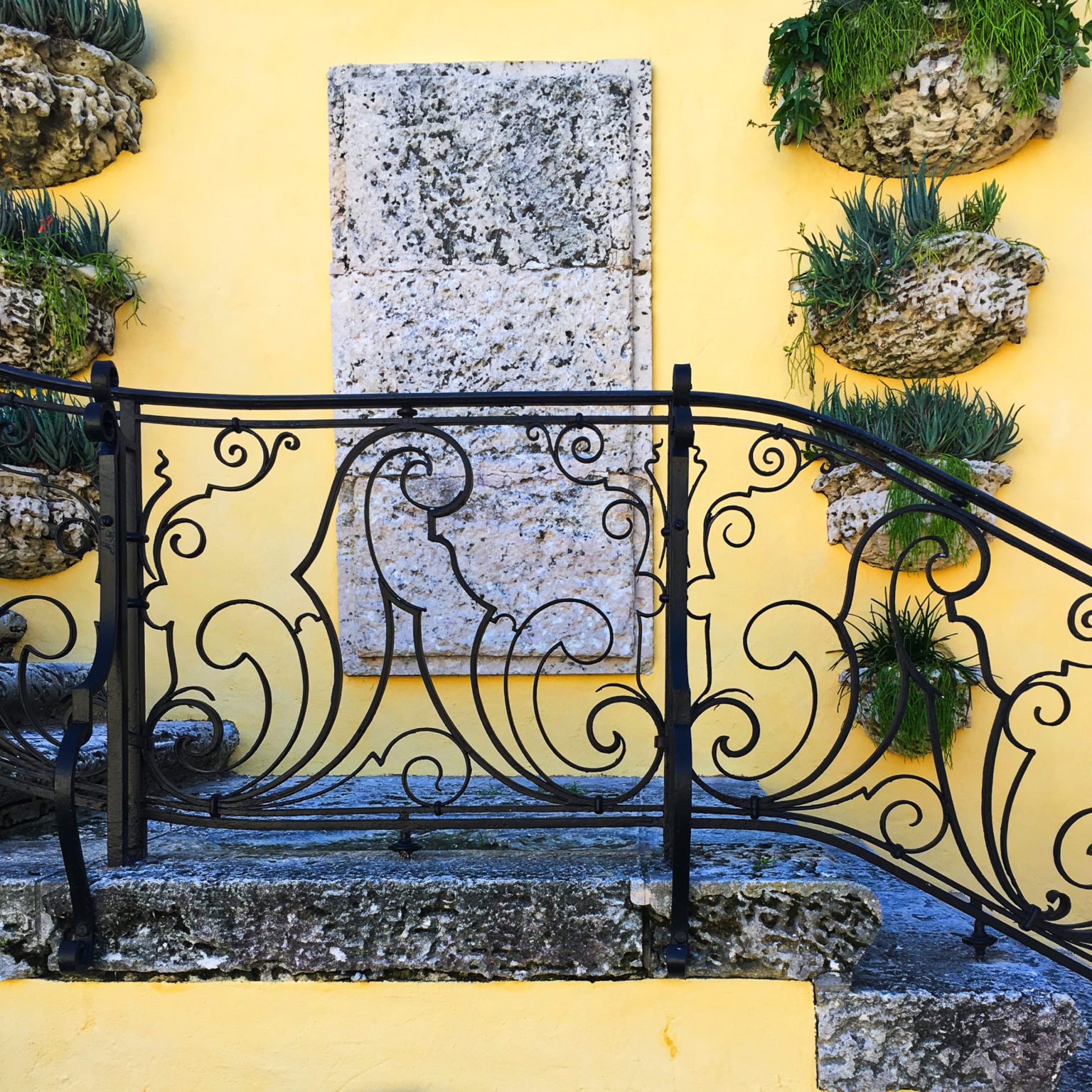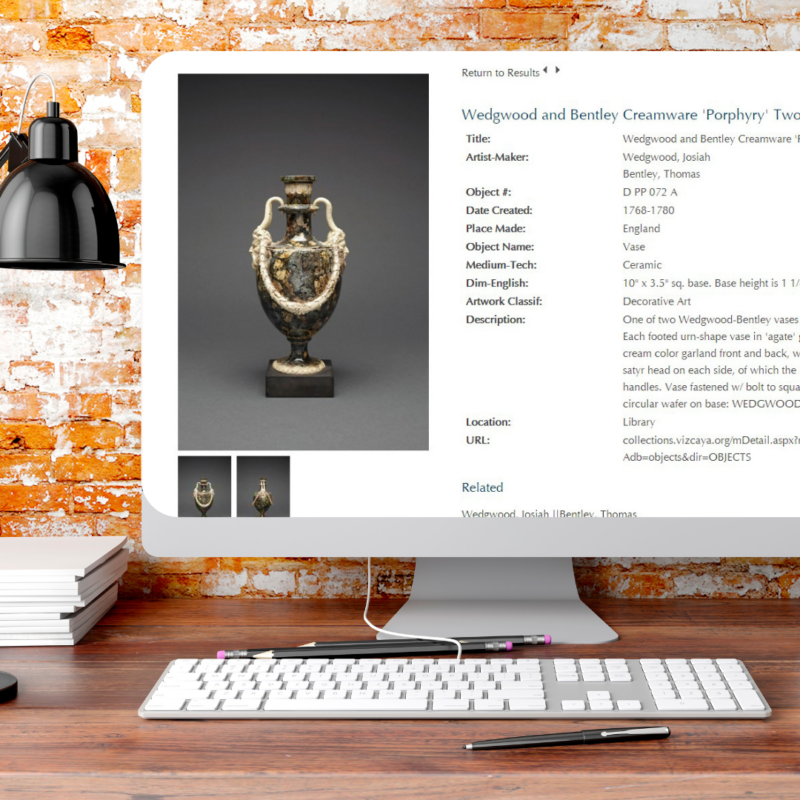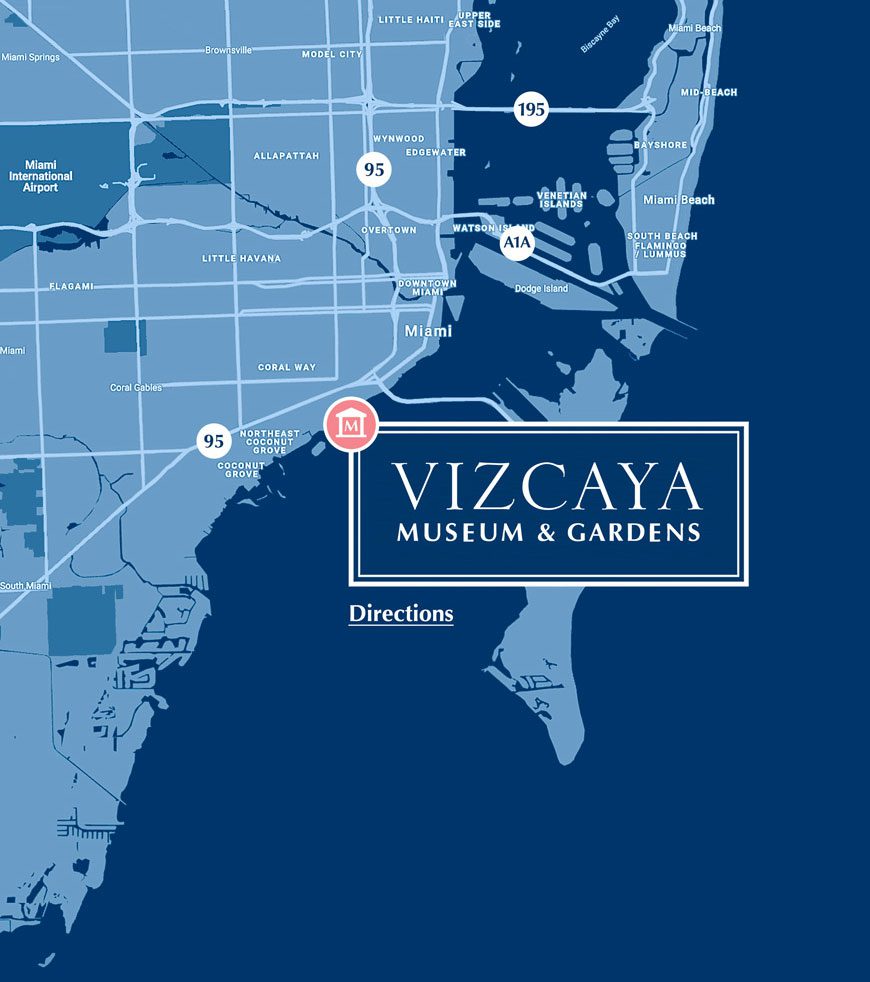Both house and garden at Vizcaya are embellished with metalworks, which while being functional, are also works of beauty. There are iron gates and grilles which date from the sixteenth to the eighteenth centuries. In addition to – and occasionally combined with – Vizcaya’s antique ironworks are contemporary pieces by Samuel Yellin (1885-1940).
The Immigrant with an Iron Will
More than any other American metalworker, Yellin, born in Mogilev, Ukraine (in the Russian Empire) in 1884, established ironworks as an art form. Emigrating to the United States in 1906, he spent most of his career in Philadelphia where he worked and taught, founding the Samuel Yellin Metalworkers studio and employing over two hundred craftsmen. When he arrived on America’s shores at age 21, he was already a highly versatile and experienced smith.
Influenced by the Columbian Exposition in Chicago, he predicted that the United States was on the cusp of a classical and Gothic revival; an era of one of the greatest building booms in United States history. When this time arrived, Yellin was ready for it.
Masterpieces for the ages
Yellin’s work in iron, using high-quality low-carbon Swedish metal, maintained an extremely high level of craftsmanship and design originality. He was a master of historic ironworking techniques and made numerous technical contributions of his own.
“I am a staunch advocate of tradition in the matter of design. I think that we should follow the lead of the past masters and seek our inspiration from their wonderful work. They saw the poetry and rhythm of iron. Out of it they made masterpieces not for a day or an hour, but for the ages. We should go back to them for our ideas in craftsmanship, to their simplicity and truthfulness. Although iron is the least expensive of all metals, there is no other material which lends itself to more beautiful treatment.”
Commissions for Vizcaya and beyond
Yellin’s work at Vizcaya was commissioned in the years 1917 to 1919. He created over thirty original works, including designs derived from the historic iron pieces James Deering had previously purchased for the estate. Notable pieces that can be seen in the house and garden are the iron bell pulls, the caravel and cresting on the Courtyard fountain, the door from the Music Room to the South Arcade, the Forecourt gates and lanterns, the Secret Garden stairway railings, and the Casino balcony, window, and transom grilles.
Among Yellin’s other significant commissions were: the Chamber of Commerce, the Federal Reserve Board Building and the National Cathedral in Washington, D.C., the Lehman Brothers Building, the Federal Reserve Bank, and The Cloisters in New York City; ironworks at Harvard, Princeton, Columbia, Bowdoin and Northwestern Universities; the University of Pittsburgh and more than 30 buildings in Pennsylvania; and numerous private homes.
Samuel Yellin Metalworks studio, which is still in operation today, originally included a museum with a large collection of old wrought iron and a library of art and design references. In addition to his regular teaching duties at the University of Pennsylvania and lectures, Yellin opened his studio, the museum and library “to those who want to learn.”
HELP PRESERVE VIZCAYA
Donate online and help ensure Vizcaya remains
a community resource for another 100 years.







